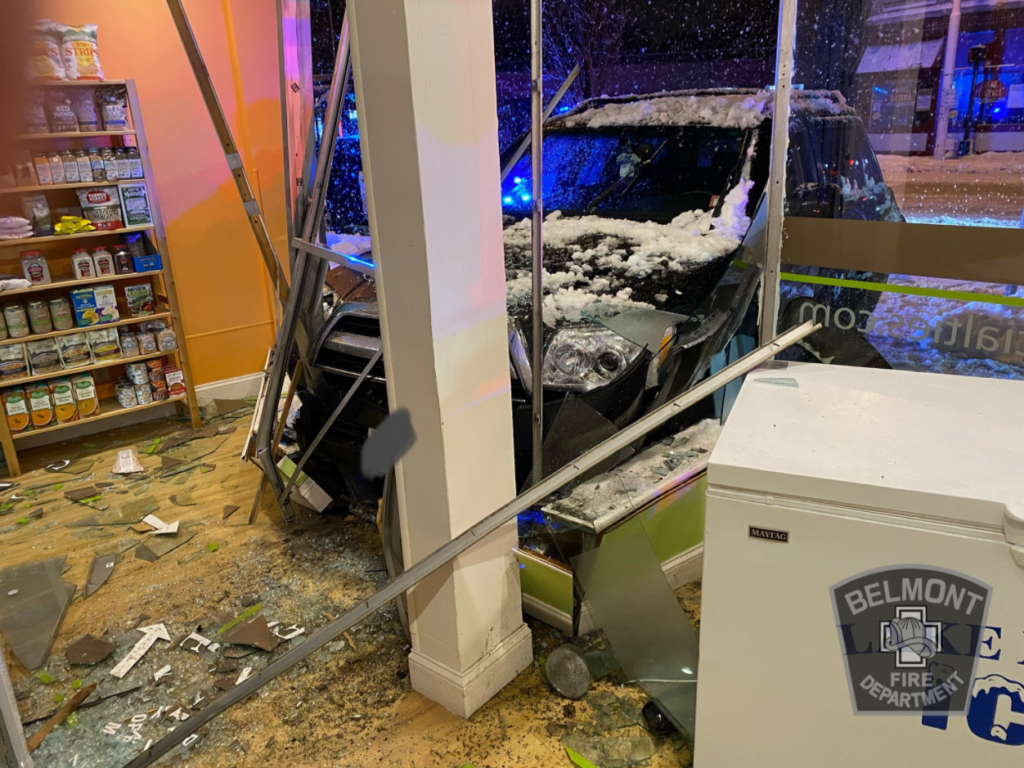Photo: A second nor’easter in the past week is heading towards Belmont.
For the second time in a week, the town of Belmont has issued a Snow Emergency Parking Ban due to what the National Weather Service is calling a “quick hitting” snow storm that could produce up to an inch of snow an hour at the height of the nor’easter.
The ban begins at noon, Sunday, Feb. 7 and will last until further notice. Parking is prohibited on roadways, municipal and school parking lots. Vehicles in violation may be towed.
The NWS Boston station, which issued a Winter Weather Advisory, reported the winter storm will bring accumulating snow to much of southern New England Sunday. Snowfall may be heavy at times and cause hazardous travel.
The latest information as of 3:34 a.m. Sunday has the snow beginning before noon and lasting until 10 p.m. to midnight with up to six inches of snow on the way.

